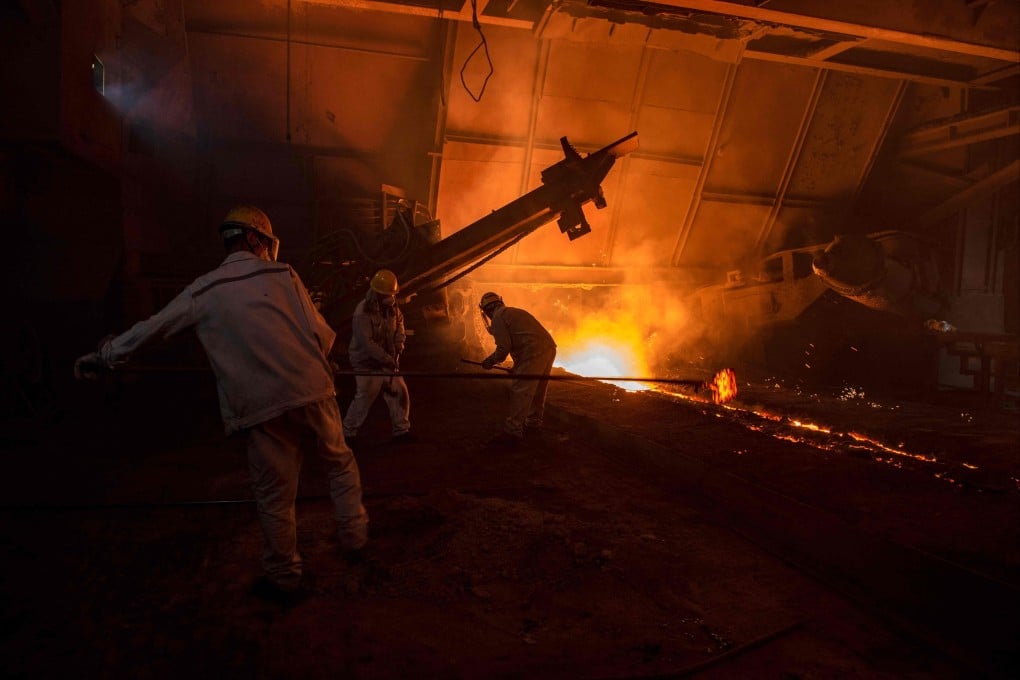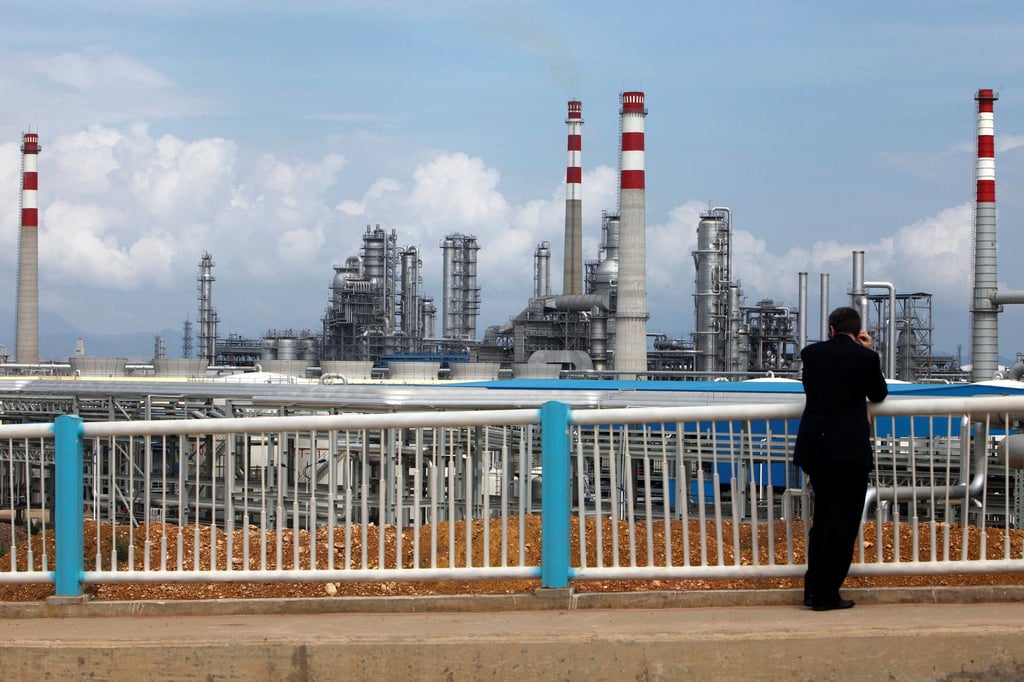China sets targets to slash carbon emissions from steel, oil refining, ammonia and cement
- Energy conservation and carbon reduction in the steel, oil refining, synthetic ammonia and cement industries hold the key to China achieving its dual carbon goal

Beijing has pledged to slash emissions from four carbon-intensive industries – steel, oil refining, ammonia and cement – by 84 million tonnes by the end of next year, as it targets its national industrial system which contributes to roughly half of the country’s carbon emissions.
Energy conservation and carbon reduction in the steel, oil refining, synthetic ammonia and cement industries will be key to peaking carbon emissions and achieving carbon neutrality and advancing a green transition, according to China’s National Development and Reform Commission (NDRC). China is the world’s largest emitter and contributes to one-third of global total carbon emissions.
“Actively promoting energy conservation and carbon reduction in related industries, controlling the access of new projects, implementing energy conservation and carbon reduction transformation of existing projects, promoting the renewal of energy-consuming equipment and optimising the energy consumption structure, can effectively improve energy use efficiency and reduce carbon dioxide emissions,” the NDRC said in a statement on Friday.
“This is of great significance in supporting energy conservation and carbon reduction in the whole society.”

